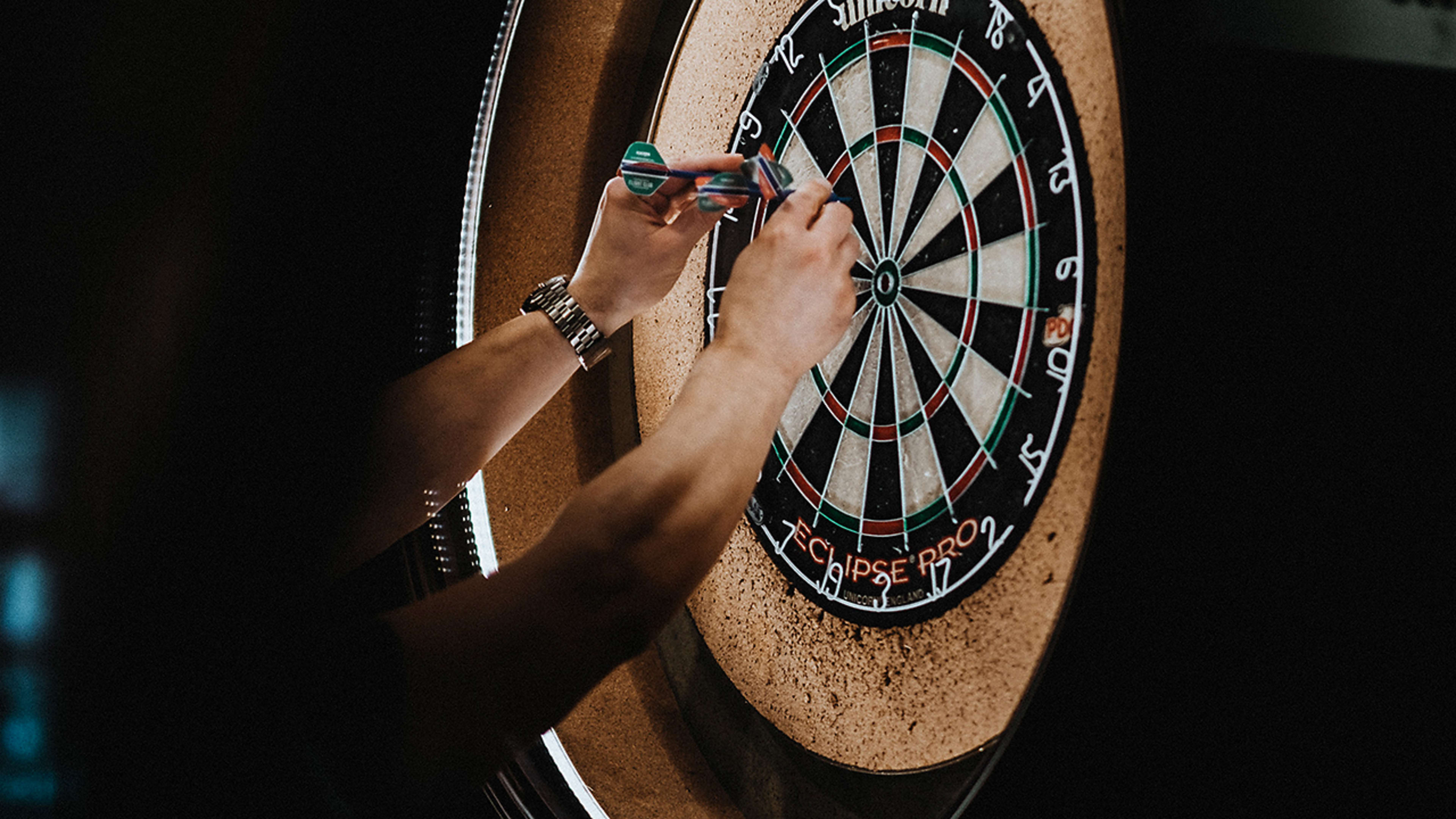When I was researching my new book on resilience, called You Are Awesome: How to Navigate Change, Wrestle With Failure, and Live an Intentional Life, I discovered something obvious that blew me away.
When I was a little kid, my dad bought me the Complete Major League Baseball Statistics, a frayed paperback with a green cover. I treasured it and kept it in my room for years. I flipped through it so many times.
As I paged through the numbers, I started to notice something interesting. Cy Young had the most wins of all time in baseball (511). He also had the most losses (316). Nolan Ryan had the most strikeouts (5,714), and the most walks.
Why would the guy with the most wins also have the most losses? Why would the guy with the most strikeouts also have the most walks? It’s simple—they just played the most. They tried the most and moved through loss the most.
When everything rests on the numbers
Sometimes, achieving something really does come down to quantity, as opposed to quality. I’ve asked talented wedding photographers how they manage to capture such perfect moments. They all (more or less) say the same thing: “I just take way more pictures. I’ll take a thousand pictures over a three-hour wedding. That’s a picture every 10 seconds. Of course I’m going to have 50 good ones. I’m throwing 950 pictures away to find them!”
Sometimes, when I’m doing Q&A after a speech, someone asks me a question along the lines of “So, congratulations on the success of The Book of Awesome. My question is: How do I get paid millions to write about farting in elevators?” To me, this is pretty much like asking, “So you won the lottery. How do I win the lottery?”
I always answer the same way, with a reply I stole from Todd Hanson, former head writer at The Onion. He said that whenever someone asks him the question “So how do I get a job writing jokes for money like you did?” he gives a straightforward answer.
“Do it for free for 10 years.”
We need to stop believing that we can hack our way into success
Today, we’re surrounded by tales of companies with million-dollar valuations that grow at lightning-fast rates. We hear about tiny startups that Google acquires for billions of dollars, just a few months after launch. We want to read about the fastest way to get a six-pack or accelerate our careers. But ultimately, what we want to find—quick fixes, easy answers, shortcuts—isn’t there.
You see, some things take time. It’s not about the number of hits but rather the number of times you step up to the plate. The most important questions you can ask yourself are the following:
- Am I gaining experience?
- Will these experiences help?
- Can I afford to stay on this path for a while?
Sometimes the answer will be no, and other times it will be yes. Regardless, it will help point out the fact that you are learning, doing, and moving—even if that means failing a few times.
The importance of trying your best (and then moving on)
Seth Godin—best-selling author of 19 books—offers similar advice in an interview he did on The Tim Ferriss Show: “The number of failures I’ve had dramatically exceeds most people’s, and I’m super proud of that. I’m more proud of the failures than the successes because it’s about this mantra of ‘Is this generous? Is this going to connect? Is this going to change people for the better? Is it worth trying?’ If it meets those criteria and I can cajole myself into doing it, then I ought to.”
In another interview, on the self-help podcast Good Life Project, he said, “I’m a big fan of poof.” What’s poof? The idea that you try and if it’s not working—poof. You try something else.
I’m sharing this article as an excerpt of some of the research, lessons, and ideas on resilience in my new book. But I know that if this book fails, I’ll be able to move on to the next thing.
Don’t get me wrong. I want it to succeed. But I can’t determine that. All I can do is keep going with my next book, my next talk, my next project, my next whatever, whether this one is a hit or a poof. You need to do the same.
Stop looking at stories of success (yes, really)
You might be wondering, what do I know about thickening our skin and working our way up to awesome? Well, one thing I know is that we need to stop looking at successful people with the lens that their lives contain one success after another. Because you know what we’re really looking at? People who are just really good at moving through failures.
Moving through failures, and building resilience in the process, is the real success. Successful people get to where they are because they are willing to try something when the possibility of failure is high, and they don’t shy away from it.
When it comes to long-term success, remember that it’s not how many home runs you hit that counts. It’s how many at-bats you take. After all, the wins pile up when you increase the number of times you step up to the plate.
Recognize your brand’s excellence by applying to this year’s Brands That Matter Awards before the early-rate deadline, May 3.
